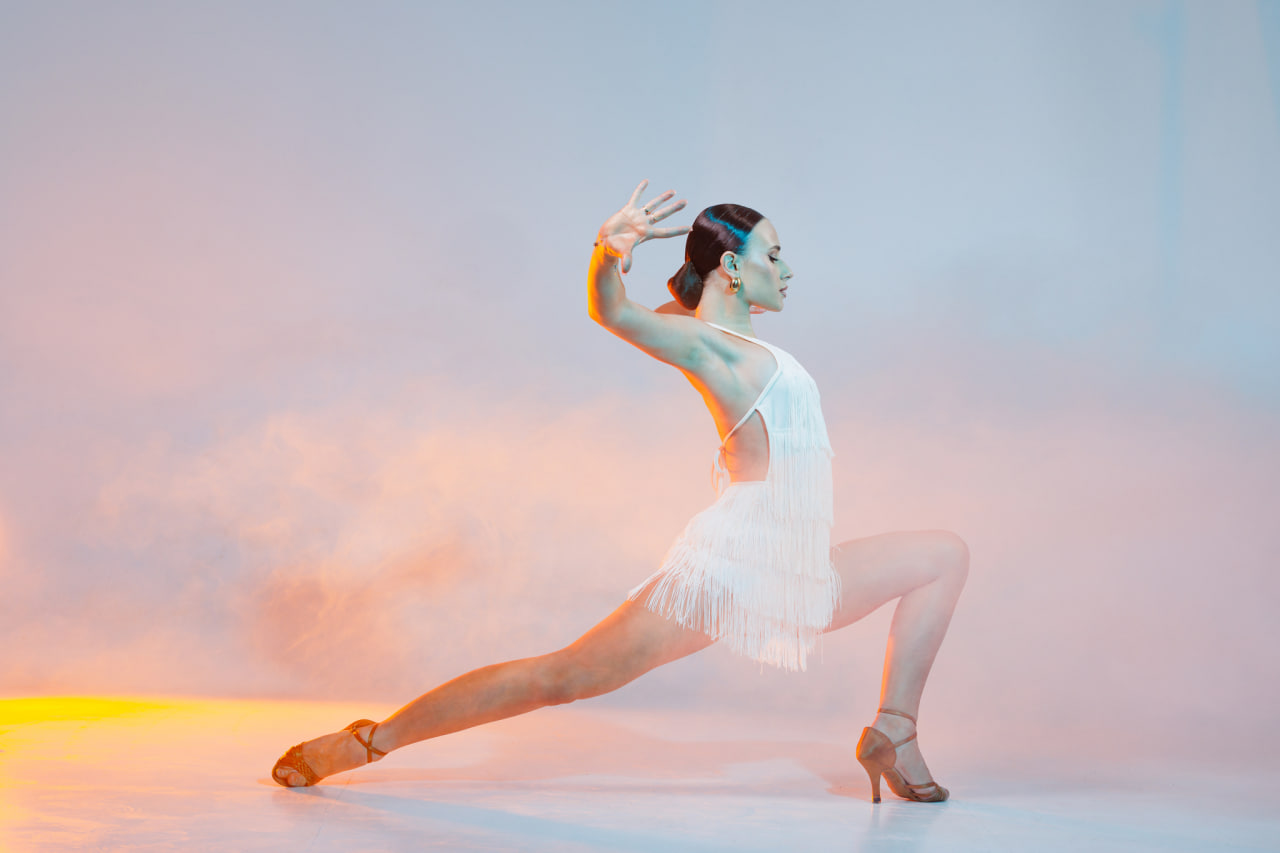The Art of the Plié: Building a Strong Ballet Foundation

Understanding the Plié
The plié is one of the most fundamental movements in ballet. Its name means “to bend” in French, and while it may appear simple, it is a powerful tool for developing strength, flexibility, and control. Every dancer, from beginner to principal, returns to the plié daily because it prepares the body for nearly every other ballet movement. It engages multiple muscle groups, improves posture, and serves as the starting and ending point for countless steps.
Why the Plié Matters
A well-executed plié does more than warm up the legs. It helps maintain turnout, strengthens the core, and enhances coordination. The movement teaches dancers to distribute weight evenly through the feet, creating a stable base for jumps, turns, and extensions. It also develops the artistry of movement by encouraging a fluid connection between bending and stretching. Without a solid plié, many advanced techniques become unstable and prone to injury.
Correct Technique
The key to a good plié lies in proper alignment. The spine should remain tall, the pelvis neutral, and the knees aligned over the toes. Weight must be evenly distributed between both feet, and the heels should remain grounded during demi-pliés. In grand pliés, the heels lift naturally in first, third, fourth, and fifth positions, but not in second position. Breathing deeply and moving with control prevents unnecessary tension and allows for a graceful, seamless bend and rise.
Common Mistakes to Avoid
One frequent error is letting the knees roll inward, which strains the joints and weakens turnout. Another is pushing the pelvis backward or tucking it too far under, which disrupts balance. Many beginners also rush the plié, missing the chance to truly engage the muscles and feel the depth of the movement. Awareness of these mistakes and consistent correction in class will lead to steady improvement.
Building Strength Through Practice
Repetition is essential for mastering the plié. Incorporating slow, deliberate pliés into every barre routine helps strengthen the quadriceps, hamstrings, calves, and glutes. Over time, this strength translates into more powerful jumps, smoother transitions, and greater endurance. Working with a teacher ensures that each plié is performed with precision, reinforcing muscle memory and preventing bad habits from forming.
From Plié to Performance
Although the plié may seem like a purely technical element, it is also a place to express artistry. The way a dancer lowers into and rises from a plié can convey emotion, set the tone for a performance, or create a dramatic pause. Professional dancers use pliés not only as preparation but as moments of storytelling, proving that even the simplest movements can hold great beauty.
